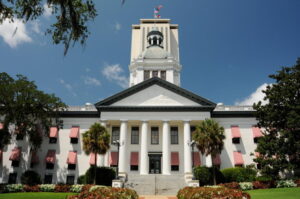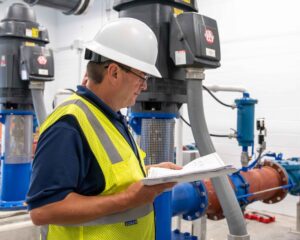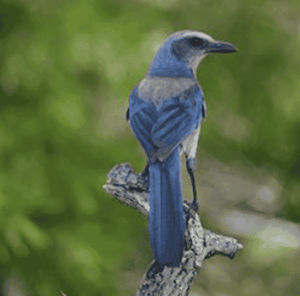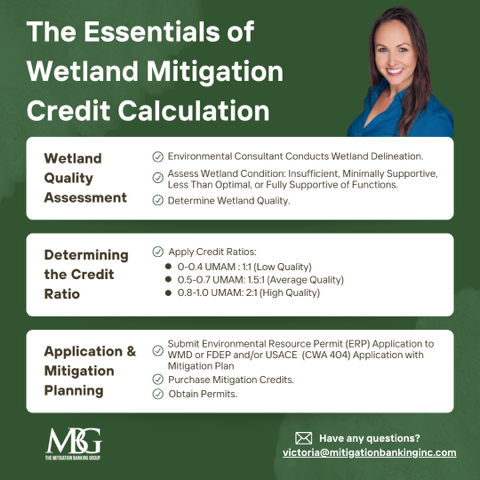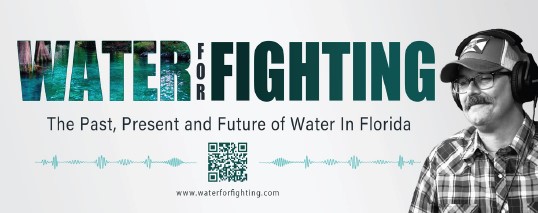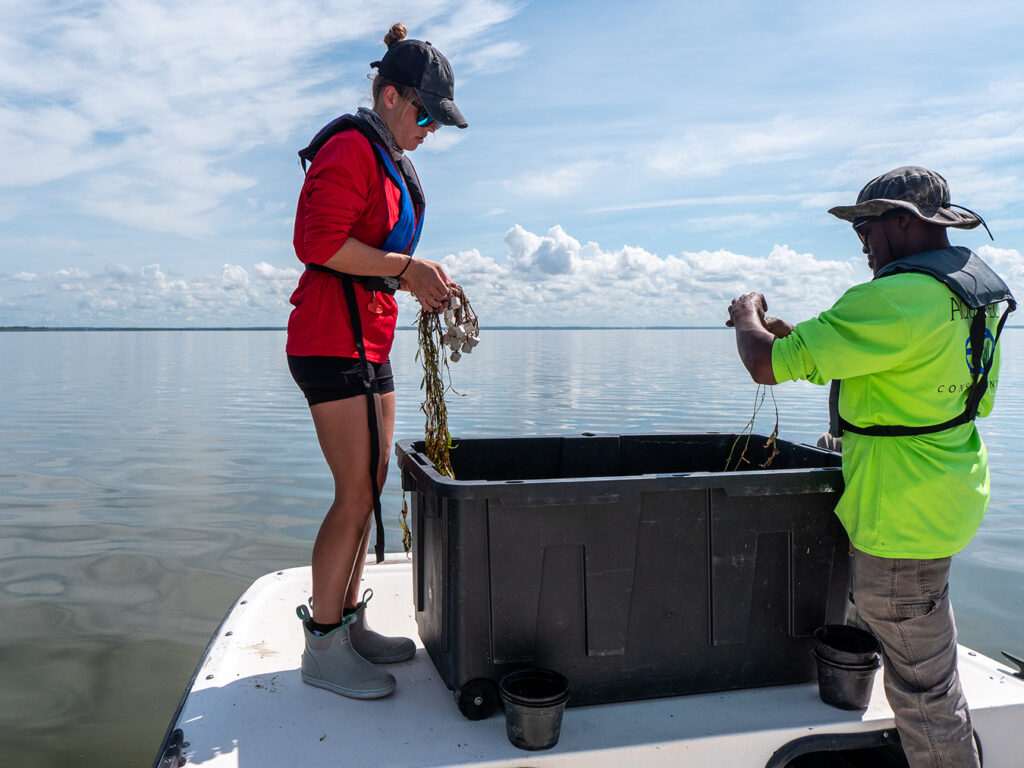
Lake Apopka is making a rebound. With a steady program of past and present projects initiated by the St. Johns River Water Management District, Central Florida’s original tourist attraction, Lake Apopka, is coming back.
It’s been a long road to recovery. Historically, Lake Apopka was a world class bass fishery that brought anglers from all over the world. In between the fish camps and hotels that dotted the lake’s shoreline, farmers worked their land. It was a serene setting for anyone looking to escape the busy life of nearby Orlando. As time passed, runoff filled with nutrients from the surrounding land flowed into the lake, fueling a continuous algal bloom that shaded the lake’s submerged vegetation. The bloom’s shading blocked the light necessary to sustain the critical submerged plants and their death resulted in the collapse of sport fishing and the associated fish camps.
Until recently, Lake Apopka, one of Florida’s largest lakes and headwaters to the Ocklawaha River, has been known for degraded water quality and decimated fishing. However, thanks to years of restoration efforts, Lake Apopka recently achieved a significant milestone in its recovery.
While there is still restoration work remaining, in 2022, for the first time since the District’s restoration efforts began, the mean annual phosphorus concentration for the lake was below the target concentration. The target was derived to be the concentration necessary to sufficiently clear the water of algae to allow enough sunlight to sustain submerged vegetation, the critical habitat for sport fish.
Floodplain farms, created in the 1940s when a dike was built to isolate the lake’s northern floodplain wetlands, posed additional pressure on the system. Once drained and put into cultivation, the area’s rich soils supported intense agricultural production. The pumping of nutrient-rich water to the lake from the farms increased — and ultimately fed — the perpetual algal bloom that shaded out the lake’s submerged vegetation.
A turning point came in 1996. At the direction of the Florida Legislature, the District purchased the former floodplain farms on the lake’s north shore and began work to restore nearly 20,000 acres back to wetlands. The purchase of the farms and restoration of wetlands on the former floodplain is by far the largest driver of the lake’s water quality improvements. By 2022, phosphorus and chlorophyll-a (a measure of algae) had been reduced 68 percent, resulting in a 63 percent increase in water clarity since the 1980s.
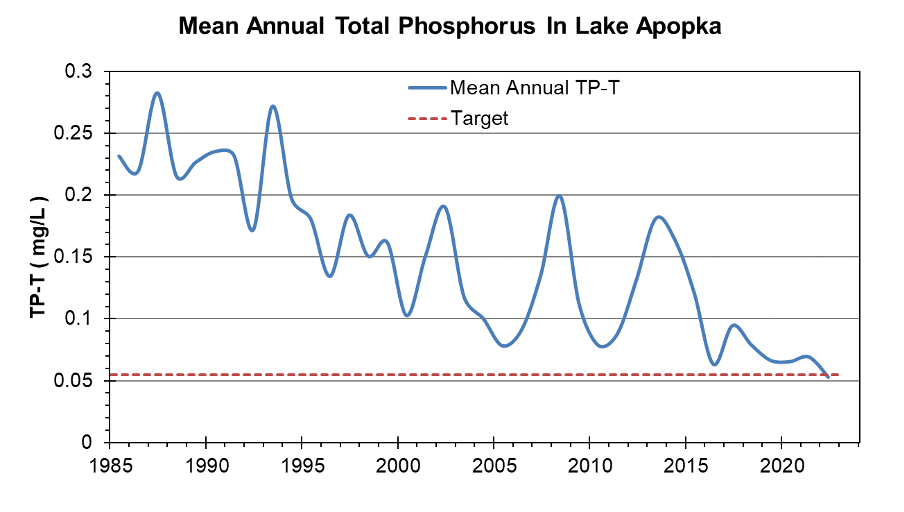
In 2003, the District completed construction of a 760-acre engineered wetland known as the Marsh Flow-Way. The Marsh Flow-Way’s four treatment cells act like kidneys, filtering 30 to 40 percent of the lake’s water annually. From 2003 to 2019, the Flow-Way removed an average of 4,850 pounds of phosphorus and 9,632 pounds of suspended solids each year.
For more than two decades now, the District has organized innovative annual harvests of gizzard shad as a tool to remove more phosphorus from the lake’s water. Gizzard shad are a native fish, abundant in nutrient-rich lakes and their feeding in the sediments perpetuates nutrient cycling between sediments and lake water. Harvesting the fish removes nutrients in their bodies and slows the nutrient recycling. Each year since 1993, the District has harvested about one million pounds of fish, which is about 7,000 pounds of phosphorus.
Positive improvements in the lake have also been impacted by the 2003 Florida Department of Environmental Protection’s stormwater rule. This rule supports reducing total nutrients in and around the lake by pushing innovative projects like the shad harvest and wetland flow-way, supported the purchase and restoration of lands near the lake, and notably prevented increased discharge of nutrients for new developments.
These efforts together have supported the resiliency of this natural system. Increased water clarity has increased sunlight into the lake and resulted in submerged vegetation, missing for 50 years, rapidly recolonizing the lake. Eelgrass (Vallisneria americana) is regrowing from long-dormant seeds and is now found around the majority of the lake.
By 2020, 96 percent of the lake’s shoreline had native vegetation. The District is accelerating re-growth of Illinois pondweed, Potamogeton illinoensis, another native once dominant in Lake Apopka but which had not recovered on its own. Both species and others are growing rapidly and reproducing. The District and partners are planting native vegetation to continue rapidly improving habitat.
The lake’s rebound is evident. Wildlife has returned to both the lake and the surrounding wetlands. Anglers catch large bass again, attracting bass tournaments, and visitors to the District’s Lake Apopka North Shore and Wildlife Drive see an abundance of birds, alligators, turtles, otters, and bobcats. The site is considered one of the most renowned birding destinations in Florida, with 372 different bird species recorded on the property. The District is continuing forward with proven methods and exploring innovative projects to see this great lake restored. Learn more about the District’s restoration efforts at Lake Apopka at www.sjrwmd.com/projects/#lake-apopka.



